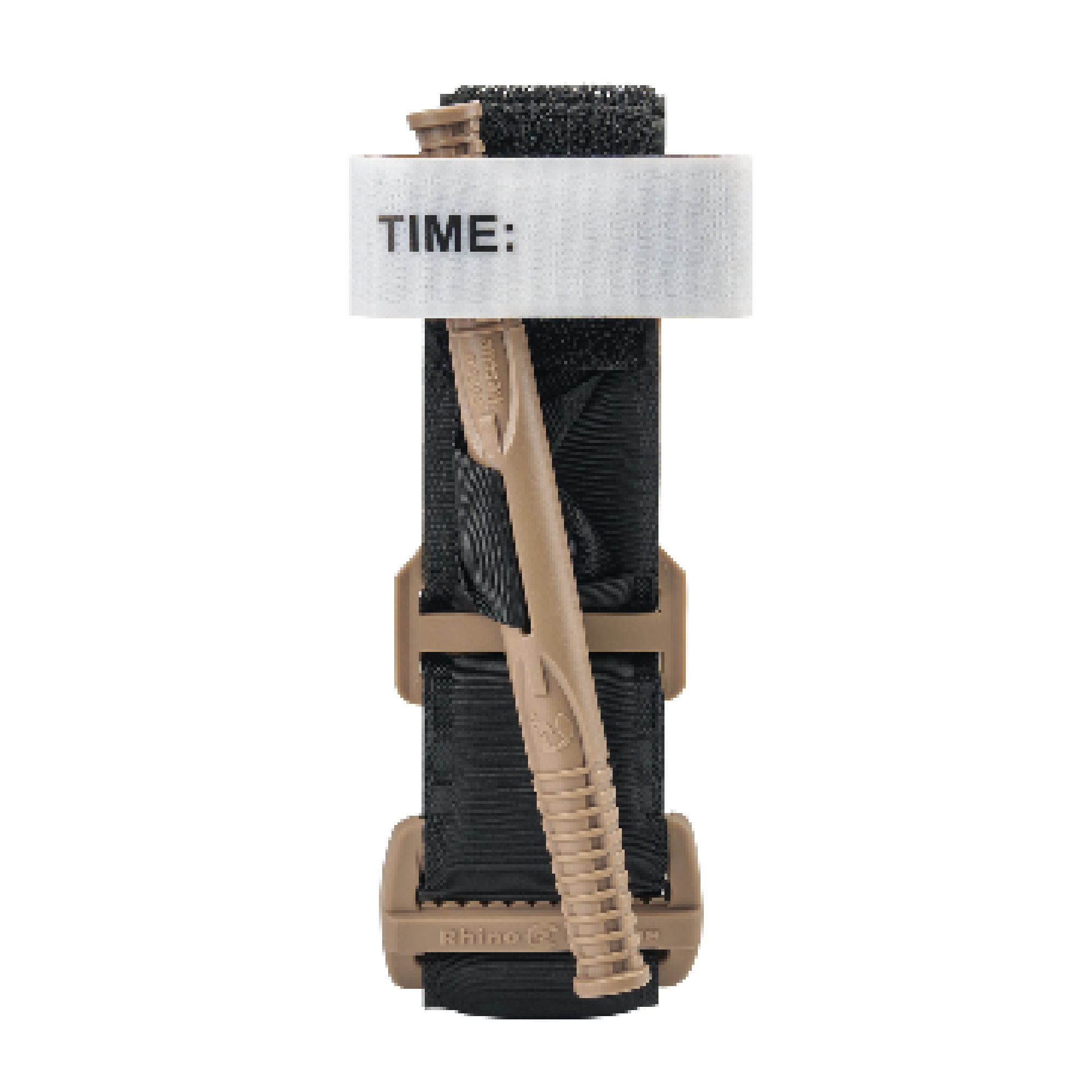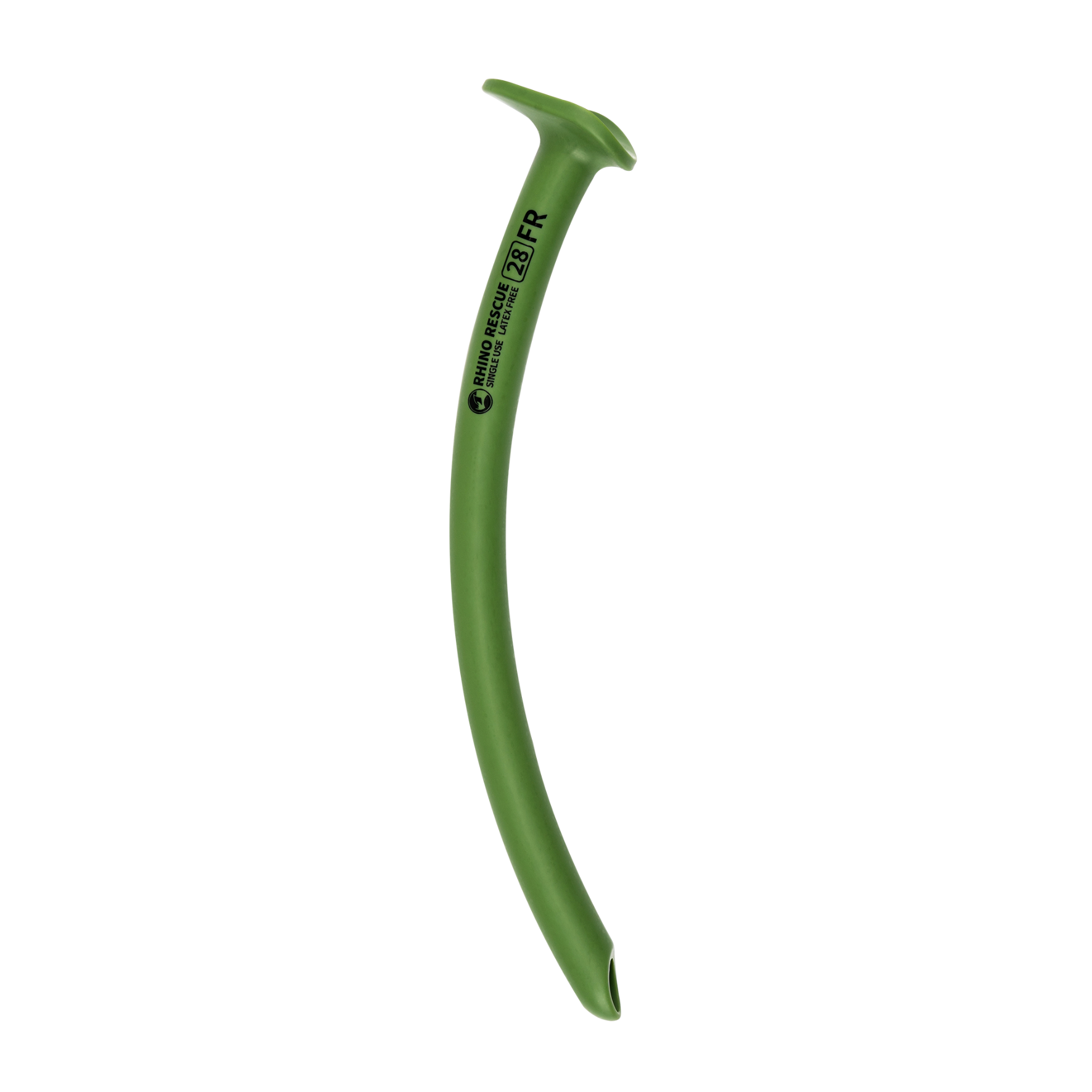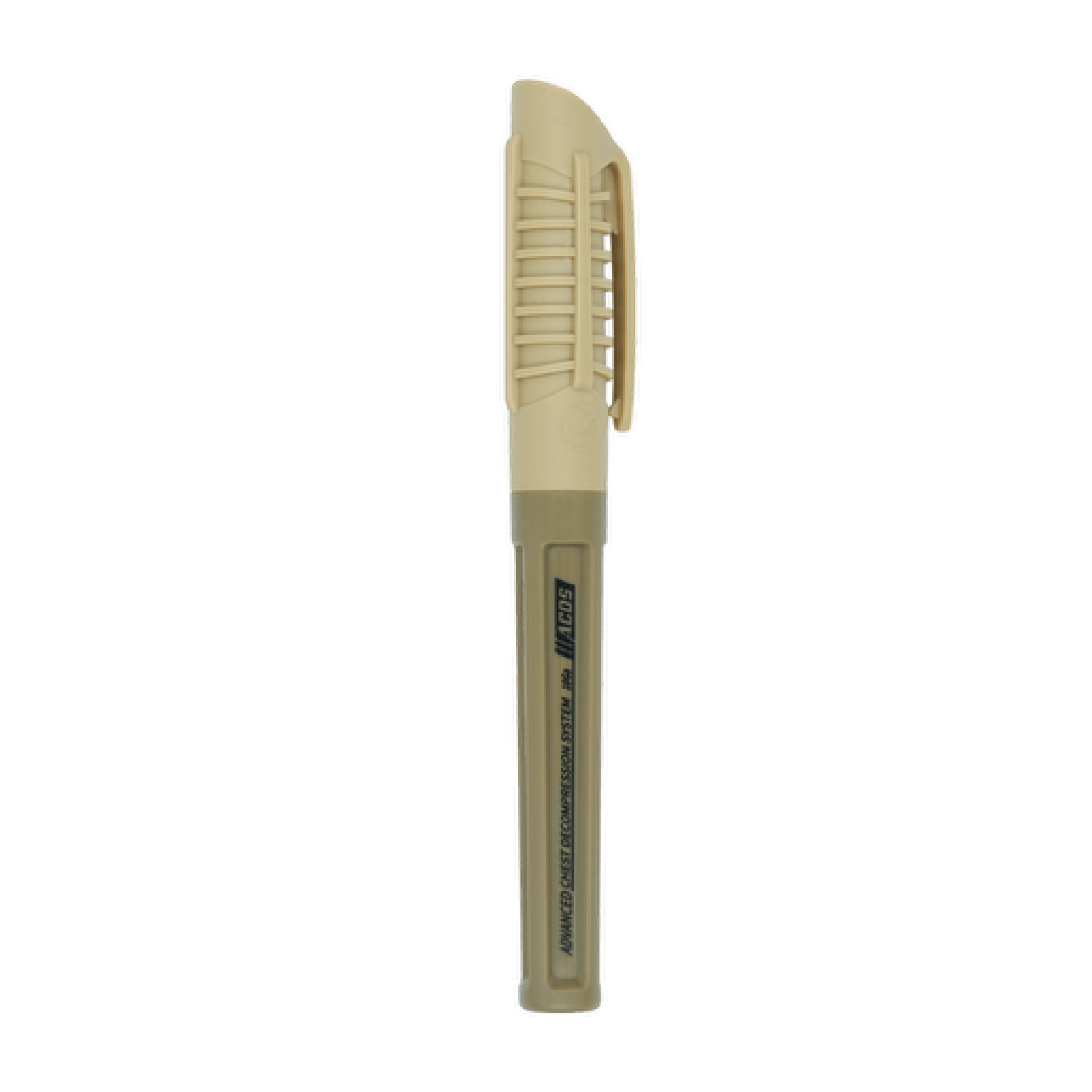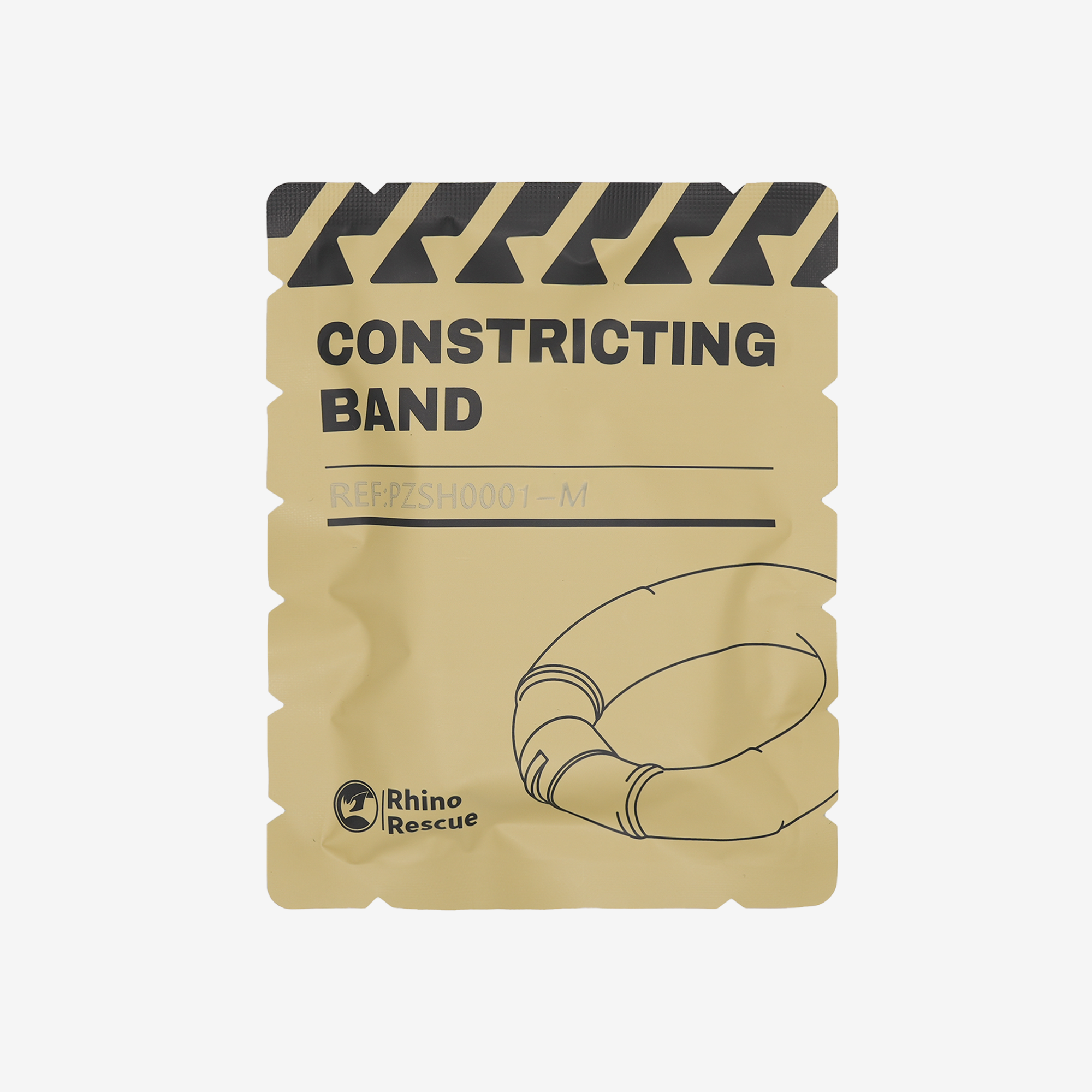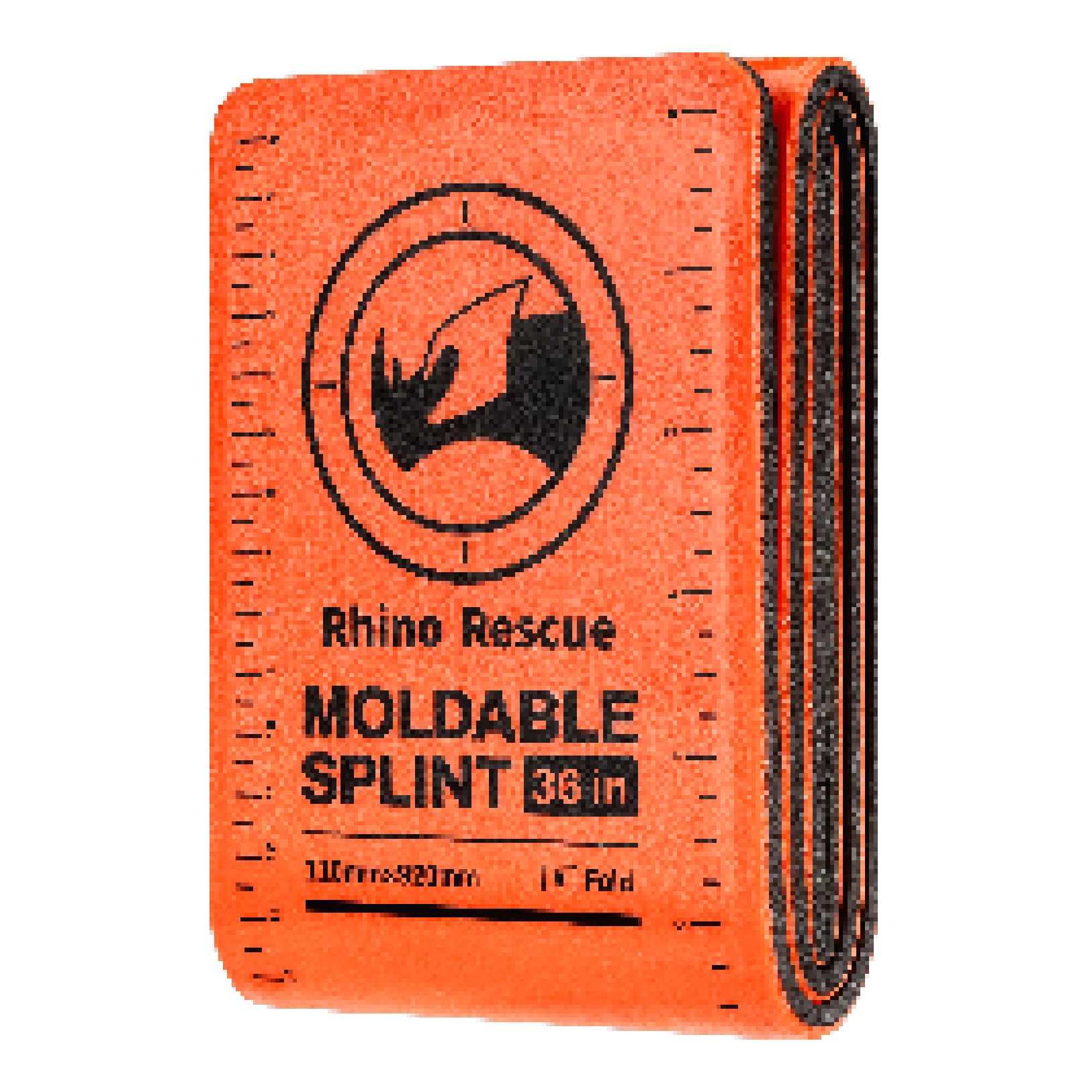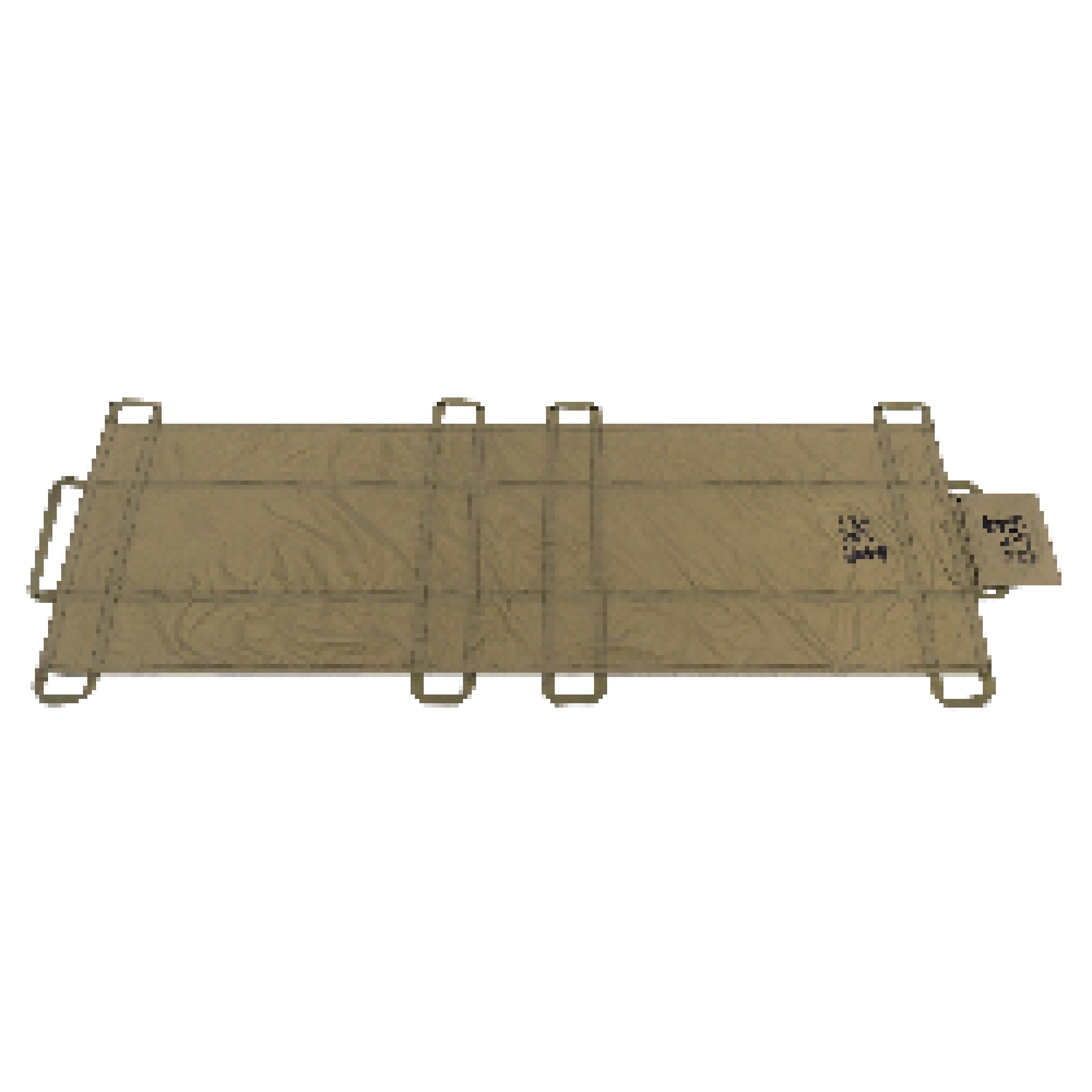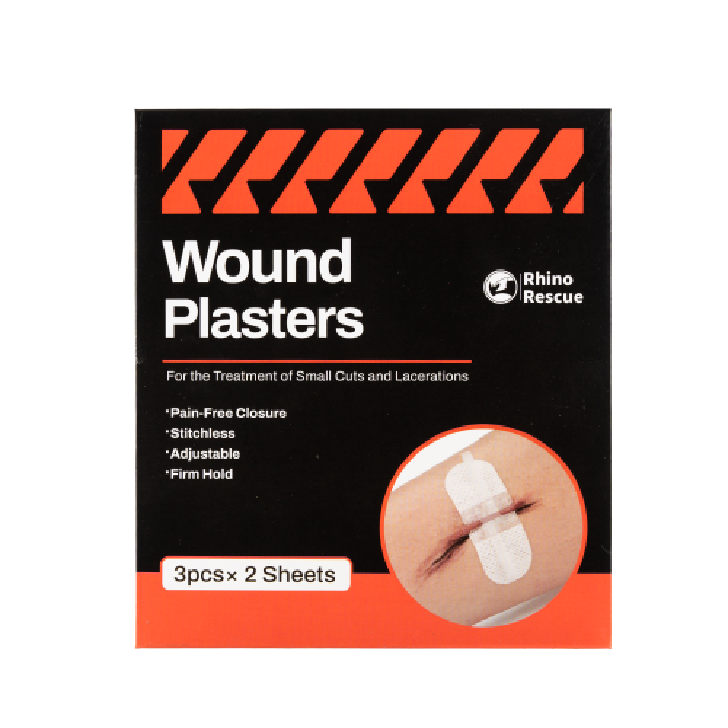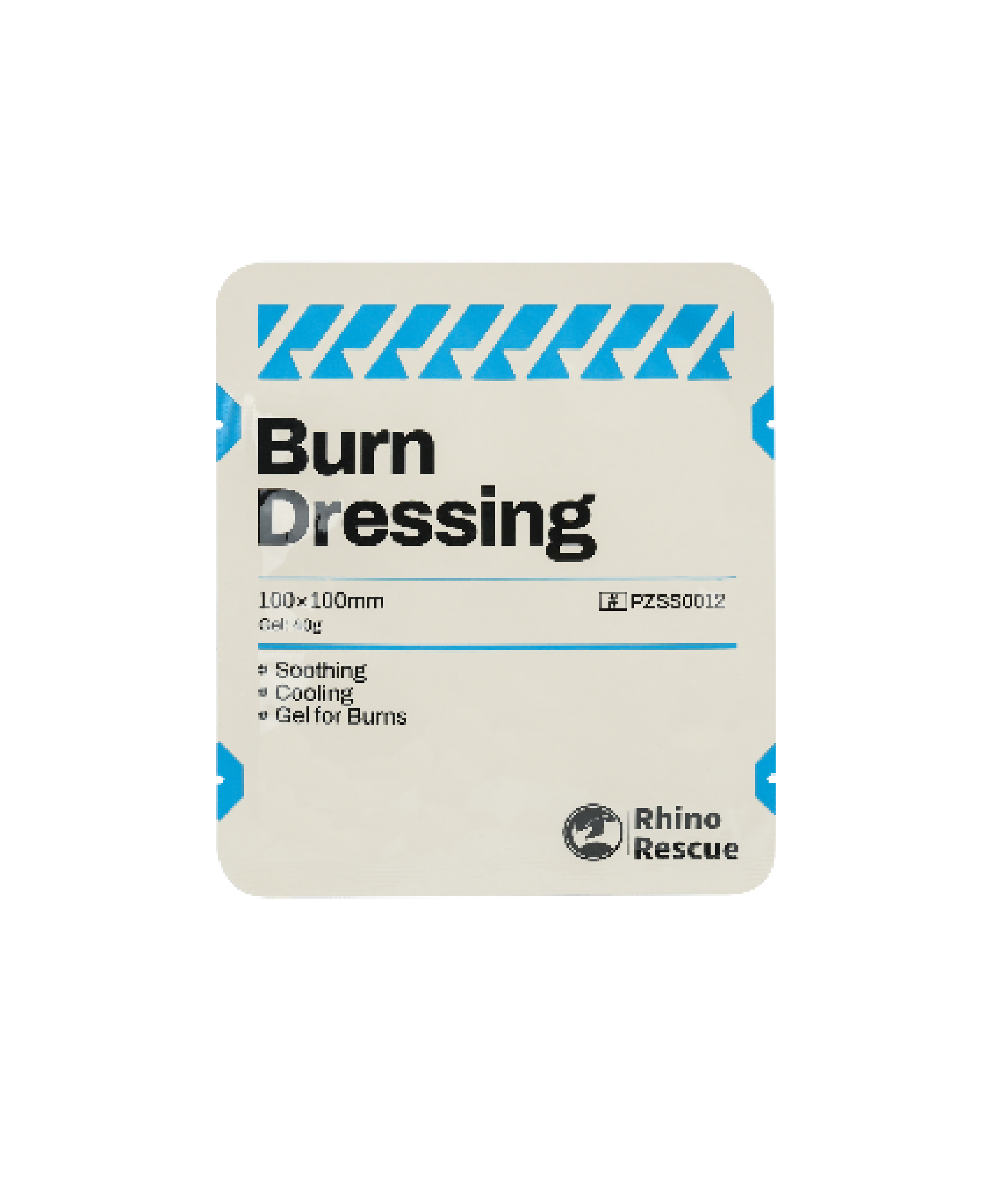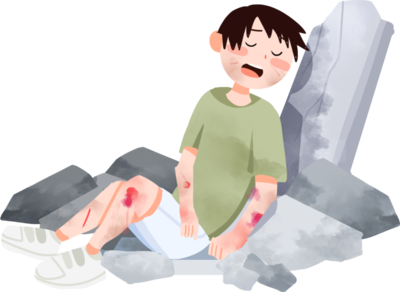1.Concepts Regarding Amputation
Amputation: Amputation refers to the separation of a limb or body part due to trauma or surgery. Without reimplantation, the amputated limb suffers from poor blood supply and eventually necrosis.
Finger reimplantation: This is a microsurgical technique to reattach completely or partially detached fingers. It involves debridement, vascular anastomoses, bone fixation, repair of tendons and nerves, and reattachment of the finger to its original position to restore survival and partial function.
Laceration: The tissues in all lacerated parts are cut in the same plane. The surrounding tissues suffer light contusion. The bones, nerves and blood vessels of the detached limb are cut neatly.
2.Common Causes of Amputation
Amputations can be classified into two types based on the extent of limb separation and nature of trauma:
1. Complete amputation
a) The limb is completely detached with no tissue connection. Such trauma is often caused by lacerations or tears from machines, sharp objects, saws etc.
b) There are cases where only minimal tissue and nerves connect the amputated limb, but with no blood supply or nerve innervation. Clinically, these are also considered complete amputations.
2. Major amputation
Most of the limb is separated with bone fractures or dislocations alongside vascular disruptions or thrombosis. However, the remaining limb stump maintains some viability.
3.Classification of Amputations
Amputations caused by sharp instruments like paper cutters,lathes, shears,cleavers, glass and some milling machines have a higher success rate for reimplantation surgery. For injuries from multifaceted sources like wheels,saws, fans,cables, harvesters that result in severe lacerations with significant damage to surrounding tissues, reimplantation surgery is more difficult though it can still be successful with effort.
Sharp instruments tend to cause cleaner cuts with less surrounding tissue damage, making reattachment of an amputated limb more viable. These amputations are thus considered more suitable for reimplantation surgery and have a higher success rate.
In contrast, injuries from multifaceted sources often result in more severe lacerations that crush and destroy more surrounding tissues. While reimplantation after such amputations is more difficult due to the extent of damage, with diligent microsurgical techniques and proper postoperative care, successful reattachment can still be achieved in some cases.
4.Emergency Management of Amputated Fingers
1. On-site first aid
If a limb is crushed by a machine, immediately stop the machine and quickly remove the amputated limb. Do not use reversing the machine to retrieve the limb as this could cause further damage.
2. On-site first aid principles (hemostasis, dressing, fixation,transport)
2.1 Hemostasis
Bleeding from most lacerations can be controlled by applying firm pressure with a clean cloth or gauze for 5-10 minutes.The most common error is prematurely releasing pressure to check for bleeding. If bleeding persists after 10 minutes of pressure, reapply pressure.
For severe bleeding,do not panic.Due to abundant hand vessels,bleeding can be fast and profuse after trauma. A simple method is tying rubber bands above the injured finger while elevating the limb. Loosen the rubber band every 20-30 minutes to avoid ischemic necrosis.

2.2 Wound cleansing
Clean the wound to reduce infection risk. Wash wounds contaminated with debris or foreign matter to prevent residuals causing discoloration.
For minor wounds with little bleeding,cover with adhesive dressing after cleansing. Avoid applying ointments or hemostatic powders directly,keeping the wound clean is sufficient.
2.3 Wound dressing
Apply antibiotic ointment (e.g. Neosporin) after cleansing and cover the wound using gauze or bandage until healed. Deeper or longer wounds should still be evaluated by a doctor within 8-12 hours for possible suturing or skin adhesives,even if bleeding has stopped,to avoid delayed treatment.

2.4 Immobilization
Provide simple immobilization for finger fractures and seek immediate medical attention.

2.5 Precautions
Avoid applying any powder (including "white medicine") directly onto wounds. Refrain from using coal ash,smoke ash,anti-inflammatory powders or Chinese herbal powders that may not be sterile and could cause infections.
Avoid covering wounds directly with tissue paper as blood soaking causes paper pulp embedding difficulties during wound cleansing.
5.Notes on Trauma First Aid
1. Do not apply tourniquets haphazardly during hemostasis
"External hemorrhage" is common in life. Many people know that applying a ligature near the wound can stop bleeding, but improper operation can also cause limb necrosis. Using hemostatic tourniquets is indeed a professional method, but if the ligature time is too long, there may be accidents that cause limb necrosis. For non-professionals, it is recommended to use compressive dressing first, and only use hemostatic tourniquets when there is large vascular bleeding from limb trauma and compressive dressing is ineffective.
2. Do not ignore small wounds
Wounds as small as 5mm on fingers, clean with little bleeding, can have completely severed tendons upon surgery. It is representative in life that many people ignore "small wounds" and "light injuries". In fact, regardless of how small the wound is, if the finger or toe cannot move normally after injury (cannot bend or straighten), it means there may be tendon damage.
3. Do not endure joint injuries
After an injury, the joint hurts a lot but you can still walk and "endure", in this situation, wouldn't you nurse the injury at home instead of seeking medical attention? Different parts of the body have different characteristics after injury: Like hip fracture, there may only be pain but little swelling, and many patients can still walk, making the injury hard to detect, but delaying treatment will only cause big trouble.
6.How to Preserve an Amputated Limb
Cold storage of an amputated finger can lower tissue metabolism,slow degradation and create conditions for extending ischemic time. Thus,how to preserve a detached finger is important. There are several situations:
1. For locally injured patients, after amputation, the medical unit or health worker does a simple compressive dressing for the injured hand, then uses disinfected gauze or clean material to simply package the detached finger before sending to hospital. The time from injury to treatment is generally 1-2 hours. After admission, if reattachment is possible, medical staff will package the finger in sterile gauze and refrigerate at 4°C for shorter ischemia time prior to reimplantation surgery.
2. For distant patients during transport, finger preservation is crucial due to the longer time.The method is: package the finger with 8 layers of sterile dry gauze,then put into an airtight plastic bag,seal tightly and place 2/3 into ice with the bag opening facing up.
Avoid placing the finger directly into an ice container or ice cream bottle, or soaking in any disinfectants or saline. Avoid storing under armpits or pockets. Due to lack of knowledge,some escorts practice poor preservation resulting in severe finger contamination upon examination,with vessels, nerves and tendons already desiccated and unsuitable for replantation. After finger amputation, the finger must be sent to hospital as soon as possible - within 4-6 hours in summer and 6-8 hours in winter.
7. Conditions of broken finger re-finger
1. the first is to have a regenerative environment, only in a physiological environment suitable for cell growth, the cells can grow normally, the lack of regeneration of the appropriate environment, the body will replace the damaged tissue through a large number of fibroblasts, in order to achieve the healing of the injury wound;;
2. the second is to have regenerative stem cells, stem cells are the basis of cell regeneration, without stem cells it is impossible to regenerate the body cells;
3. the last is to have nutrition to support regeneration, nutrition is the raw material of cells, sufficient raw material to replicate new cells.
8. Indications and contraindications of amputation reimplantation Indications for limb reimplantation
Absolute indications
1. the first is to have a regenerative environment, only in a physiological environment suitable for cell growth, the cells can grow normally, the lack of regeneration of the appropriate environment, the body will replace the damaged tissue through a large number of fibroblasts, in order to achieve the healing of the injury wound;;
2. the second is to have regenerative stem cells, stem cells are the basis of cell regeneration, without stem cells it is impossible to regenerate the body cells;
3. the last is to have nutrition to support regeneration, nutrition is the raw material of cells, sufficient raw material to replicate new cells.
4. Amputation of a child's limb (whatever the case may be)
Relative indications
1. Single finger amputation with terminal embedded in the superficial finger flexor tendon
2. Ring finger laceration injury
3. Special occupational needs or combined dysfunction of one hand
Contraindications and Precautions for Amputation Replantation
1. Life-threatening trauma is an absolute contraindication for replantation surgery.
2. Severe polytrauma is contraindicated as patients cannot tolerate long operations (typically 2-6 hours for single fingers but >24 hours for multiple fingers).
3. Severe physical or mental illness makes replantation unsuitable, affecting rehabilitation.
4. Fingers that are crushed, severely damaged, improperly stored or contaminated cannot undergo replantation.
5. Though not contraindications, diabetes and peripheral vascular disease confer higher failure rates.
6. Non-smokers have an 11.8 times higher success rate for finger replantation than smokers.
7. At 20-25°C,muscle undergoes irreversible necrosis after 6 hours of ischemia. Replantation of limbs with more muscle is not recommended beyond 6-8 hours of warm ischemia, while fingers can extend to 10-12 hours.
9. The process of amputation and replantation
1. Thorough debridement: Debridement is not only an important step of surgery, but also a further assessment of the tissue damage of the severed limb (finger). Generally, the distal and proximal ends of the severed limb (finger) are cleared in two groups simultaneously, and blood vessels, nerves and tendons are carefully searched, trimmed and marked.
2. Repair and reconstruction of the bone scaffold: In order to reduce the tension after the suture of blood vessels and nerves, appropriate repair and shortening of the bone, internal fixation of the fracture requires easy and rapid, less stripping, reliable fixation, and facilitates healing. Depending on the situation, screws, kerf pins, wires, intramedullary nails or plates can be used for internal fixation.
3. Suture of muscle (meat) tendon: After reconstruction of the bone scaffold, the muscle and tendon are sutured under appropriate tension. Repairing muscle and tendon before anastomosis of blood vessels has the following advantages.
① Establishes a good vascular bed for the vascular anastomosis, which is conducive to adjusting the vascular tension.
②Reduces the irritation and impact on the vascular anastomosis.
It is not necessary to suture all the tendons to meet the function of the hand. For example, the thumb flexor, deep flexor, wrist flexor, thumb extensor, thumb extensor, thumb extensor, general extensor, and wrist extensor should be sutured in the distal forearm, while other tendons may not be sutured. The tendons of deep finger flexors and extensor tendons were sutured for replantation.

4. Reconstruction of blood circulation: The artery and vein should be thoroughly debrided to normal tissue and anastomosed under no tension, and if there is a vascular defect, a vascular transposition or graft should be performed. Anastomosis of major vessels such as the ulnar and radial arteries and the bilateral intrinsic finger arteries. As many vessels as possible should be anastomosed, and the ratio of arteries to veins should be 1;2. Generally, the vein is anastomosed first, followed by the artery.
5. Suture of the nerve: The nerve should be repaired in one stage as much as possible. If there is a defect, a nerve graft should be performed.
6. Closure of the wound: The wound should be completely closed after replantation of the amputated limb (finger). This point should be fully estimated when clearing the wound, in order to shorten the bone appropriately for the purpose of direct soft tissue repair. When suturing the skin, in order to avoid the formation of circular scar, "Z" shaping can be used to change the straight wound into a curved wound. If there is skin defect, medium-thickness or full-thickness skin graft or local flap transfer can be used to cover it.
7. Dressing: Clean the blood with warm saline, dress with multiple layers of sterile dressing, separate the fingers and expose the ends of the fingers to observe the blood flow of the distal limb (fingers). Fix the wrist in a functional position with a plaster rest, and fix the range from the fingertip to the forearm, even beyond the elbow joint, according to the plane of the severed limb (finger).
10.Postoperative care measures
1. General care: The ward should be quiet and comfortable, with fresh air, and the room temperature should be kept at 20~25°C. The affected limb should be elevated at the level of the heart. Local irradiation with a 60W floor lamp, irradiation distance 30-50cm, too close to the risk of burns, so as to facilitate the observation of blood circulation and local heating, bed rest for about 10 days, strictly prohibit cold stimulation, avoid the patient and others in the room smoking, to prevent vasospasm.
2. Close observation of systemic reactions: Generally, the systemic reactions are lighter after replantation of low severed limbs (fingers). In addition to shock and poor blood circulation of the replanted limb caused by insufficient blood volume, there may be persistent hyperthermia, irritability and even coma due to cardiac, renal and cerebral toxicity, accelerated heartbeat, weak pulse, decreased blood pressure, hemoglobinuria, decreased urine or even no urine, which should be treated promptly. If the general condition does not improve, or even if it is life-threatening, the reimplanted limb should be amputated in time.
3. Regular observation: blood circulation of the reimplanted limb (finger), timely detection and treatment of vascular crisis The reimplanted limb (finger) is generally prone to arterial insufficiency or venous reflux obstruction 48 hours after surgery, so it should be observed once every 1~2 hours, compared with the healthy side, and recorded.
4. Prevention of vasospasm and anti-blood clotting treatment: In addition to heat preservation, pain relief and prohibition of smoking, a continuous brachial plexus or epidural tube should be kept and anesthetic drugs should be injected regularly to not only relieve pain but also maintain vasodilation and prevent vasospasm. Appropriate application of anticoagulant and antispasmodic drugs, such as low-molecular dextrose 500ml intravenous drip for adults, twice a day for 5-7 days, the dosage for children is reduced. Also available low molecular heparin, compound salvia solution, etc.
5. Antibiotic application: When the limb is severed, the contamination is heavy, plus the long operation time, antibiotics should be used to prevent infection.
6. Reimplantation of the limb (finger) rehabilitation treatment: After the fracture healing and removal of external fixation, active and passive functional exercises should be actively carried out, and supplemented with physical therapy to promote functional rehabilitation. If the tendon adhesions should be loosened, if the nerve and tendon need to be repaired in the second phase, it should be done as early as possible.


